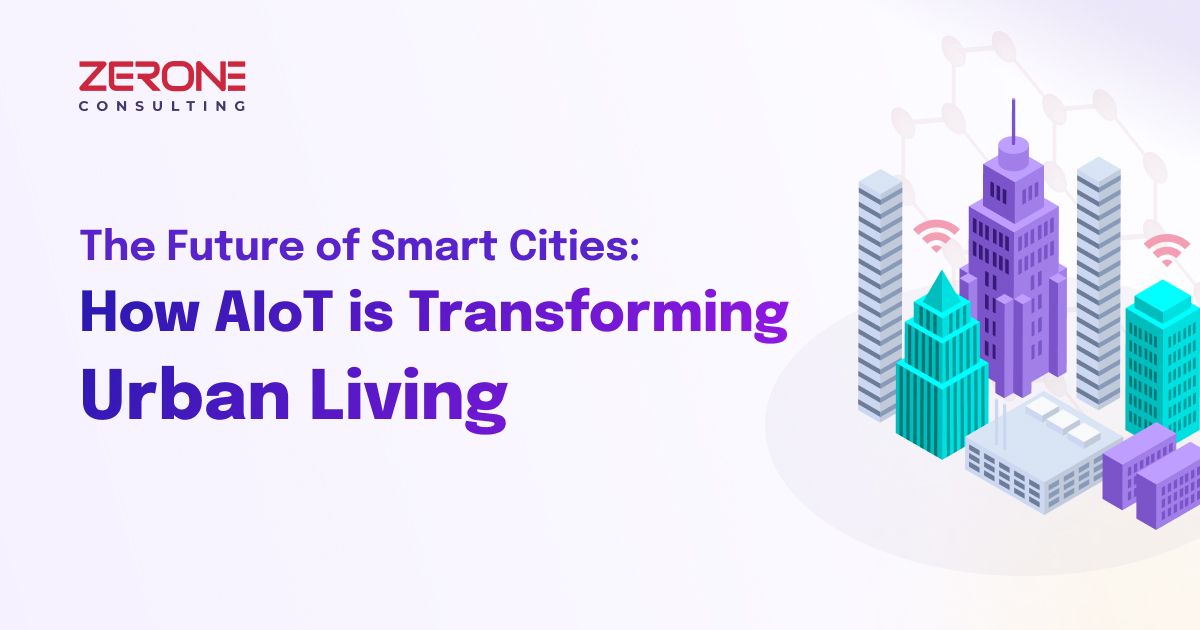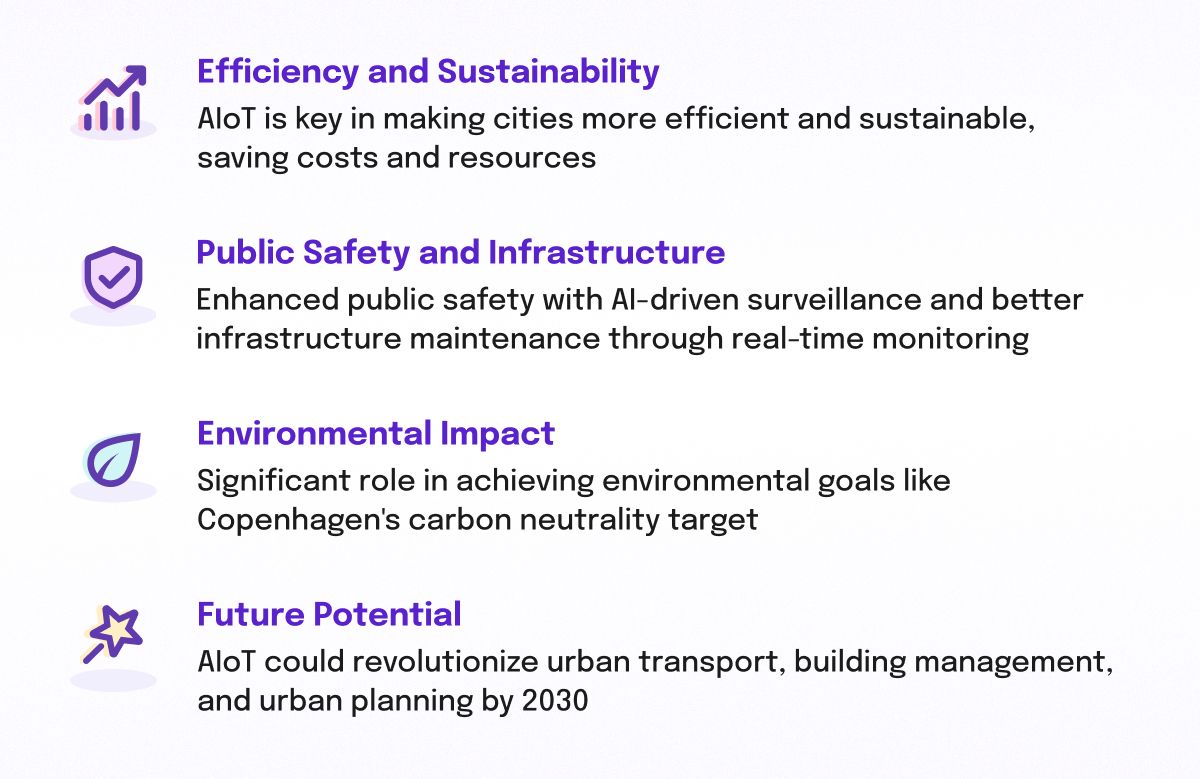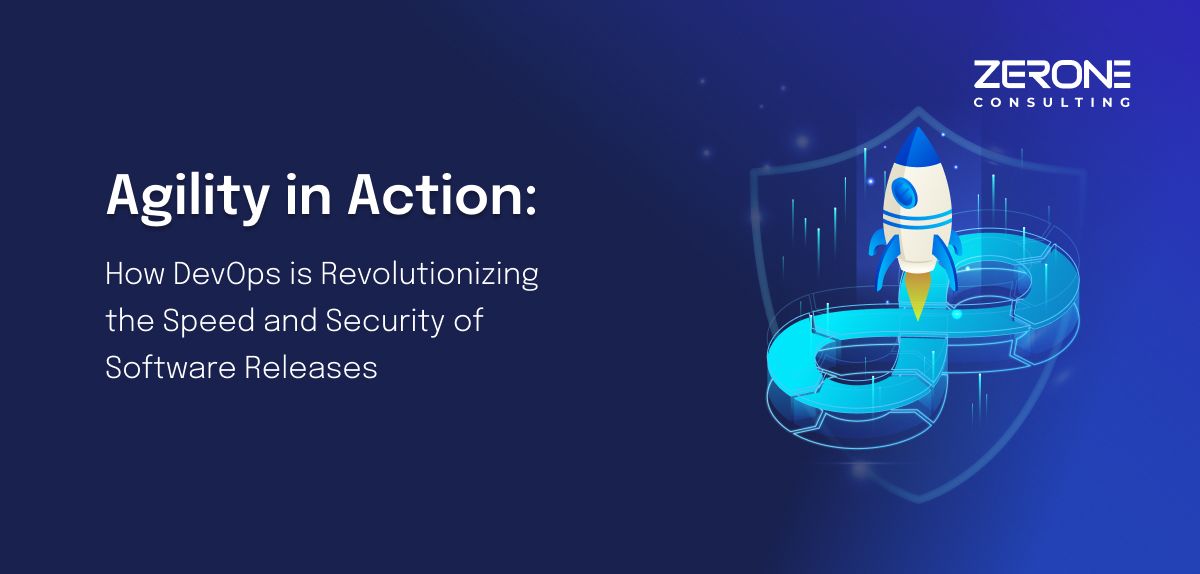Transforming Cities: AIoT's Role in Urban Development
The technological merger of Artificial Intelligence with the Internet of Things referred to as AIoT enables new frontiers in urban development. The future urban centers which were previously defined as futuristic now rapidly emerge as real modern developments that transform how people living and working and socially connecting in concrete areas. The article investigates the city-shaping impact of AIoT which covers present developments and forthcoming possibilities together with their social consequences.

The Current State of AIoT in Urban Environments
AIoT smart cities work by running immediate data processing which results in better efficiency and sustainability in urban environments. Barcelona has installed IoT sensors throughout its urban area for environmental monitoring and waste and lighting operations management which leads to estimated savings of €75 million each year for water management.
In Singapore, the Smart Nation initiative employs AIoT for everything from traffic management to elder care. The implementation of AI analytics by the city-state reaches its optimal level of traffic management to improve both public transit services and decrease environmental polluting congestion. Songdo serves as a constructed smart city in South Korea thanks to its extensive technology infrastructure and sustainable buildings combined with numerous smart sensors deployed throughout its territory.

Breakthroughs and Latest Developments
The development of AIoT encounters its peak manifestation in public safety applications. Chicago together with Atlanta operate enhanced security systems based on AI facial recognition and sophisticated surveillance technology. AIoT enables fundamental changes in the maintenance of urban infrastructure. The sensors throughout Boston do the dual work of detecting infrastructure problems as well as potholes to trigger quick repair services.
Environmental sustainability depends heavily on AIoT's strong contributions. Through IoT sensors Copenhagen tracks environmental emissions while performing energy resource management to achieve its 2025 carbon-neutrality objective.
Statistics and Future Insights
The smart cities market will grow according to MarketsandMarkets reports as the 2020 valuation reaches $410.8 billion which will expand to $820.7 billion by 2025 at a Compound Annual Growth Rate (CAGR) of 14.8%. The AIoT technology adoption rate drives the market expansion.
Scientific investigations demonstrate that AIoT technologies will generate remarkable opportunities for urban areas throughout the next few years. AIoT technologies will transform smart city living into remote possibilities which existing human comprehension and expert projections demonstrate through to 2030 and beyond. Complete public transport networks will operate under AI system control which immediately redesigns routes through integration of traffic patterns and passenger demand factors. Living buildings facilitated by Internet of Things technology will enhance thermal comfort levels while decreasing energy utilization by utilizing environmental conditions and user activities.
AIoT technology demonstrates versatile uses which include planning the cities of tomorrow. The processing of large-scale data by AI helps develop cities that manage resources efficiently while maintaining environmental sustainability together with improved quality of living through population projection assessments during resource planning decisions.
Ethical and Privacy Considerations
The extensive benefits enabled by AIoT systems generate substantial ethical and privacy related problems. Large-scale data acquisition for AIoT systems violates personal privacy unless proper management systems are implemented. City administrators and technology providers should implement effective data protection procedures for maintaining privacy.
Conclusion
AI and IoT integration establishes new definitions about urban environments as they build our city expectations from modern to future developments. AIoT stands as an essential driving force that develops urban spaces to become more efficient and sustainable and better places to live. AIoT plays both a crucial and essential role in defining the urban future as cities become more urbanized.
We can help!
Why Scrum Fits Like A Glove
#Customapplicationdevelopment
Mvps - A Silver Bullet In Software Development
#Customapplicationdevelopment



